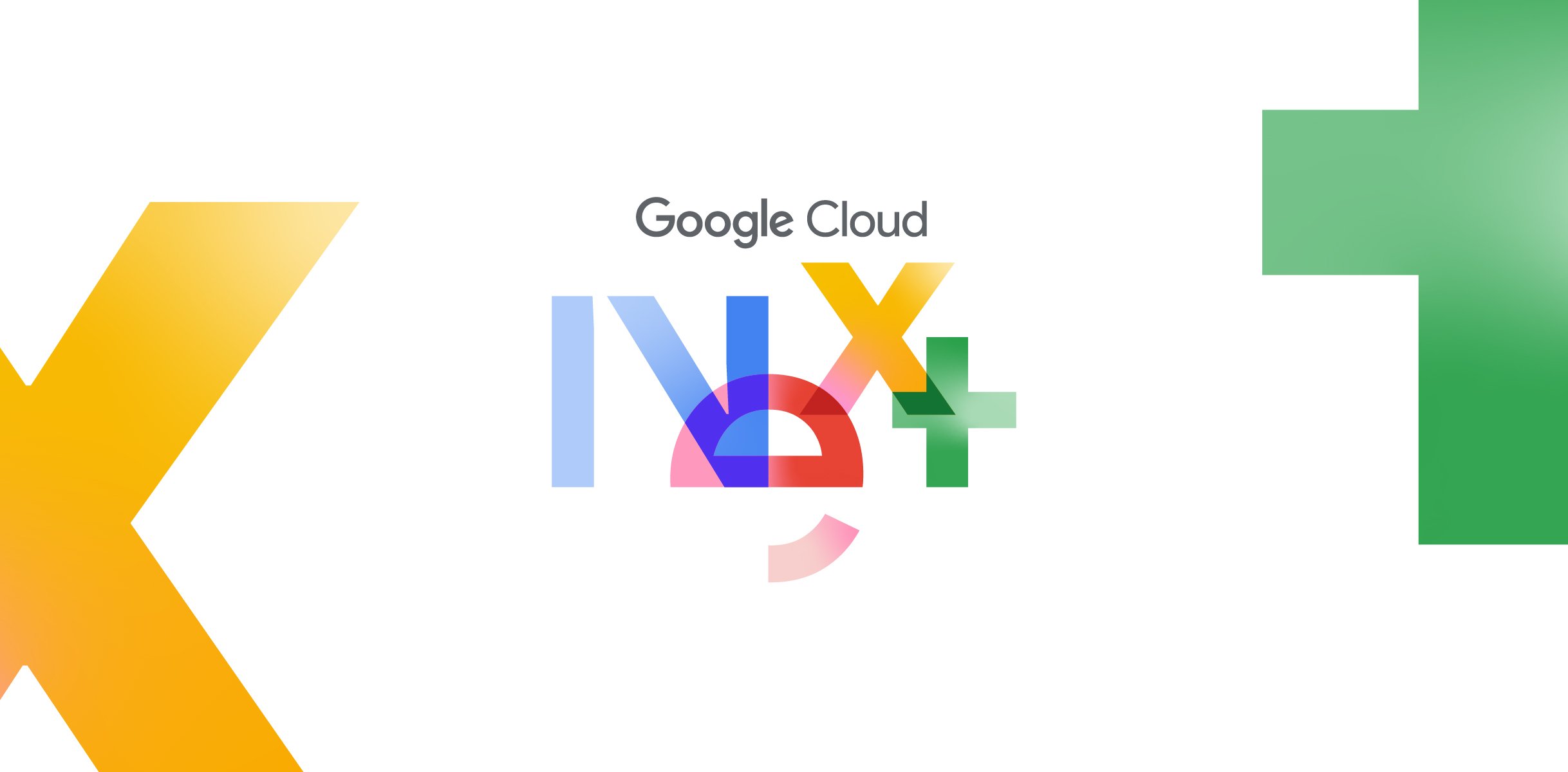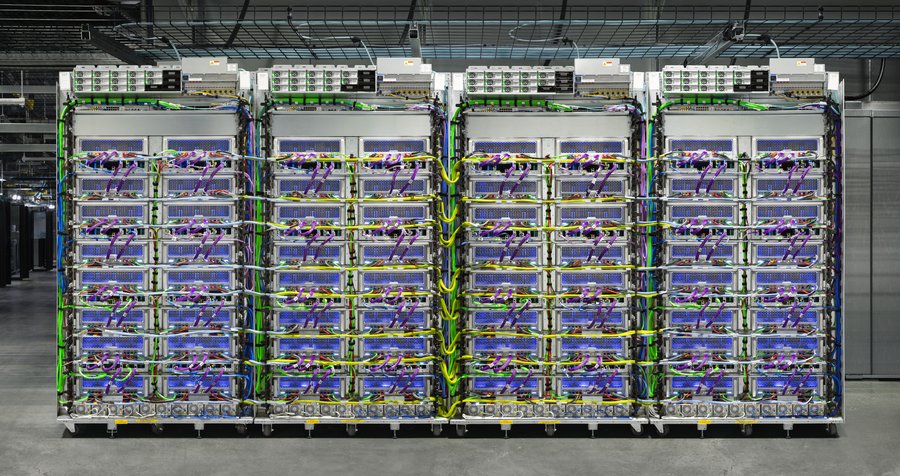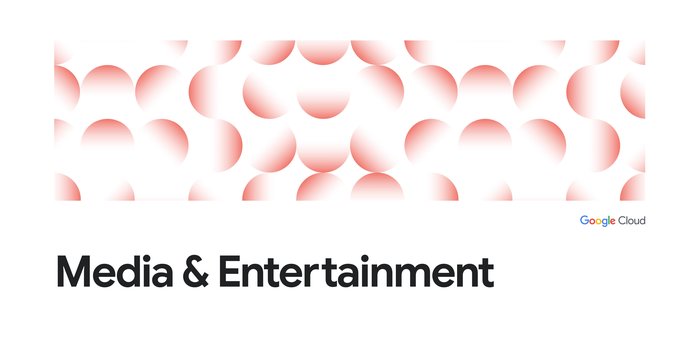Your scannable list of our top migration announcements from Next ‘24

Tom Nikl
Cloud Migration Team, Google Cloud
Anant Chintamaneni
Director of Product Management, Google Cloud
Regardless of what you’re looking to migrate or modernize, Google Cloud is committed to helping you on that journey, and we’re excited to announce a number of new updates for our portfolio of migration products and programs.
What’s new with the Rapid Migration Program (RaMP)?
We understand that customers’ journeys to the cloud are driven by the need to unlock the value that cloud computing offers, from cost-savings, efficiency gains and scalability to catalyzing innovation. And to help customers fully realize the value of cloud, RaMP now covers migration and modernization use cases that span across applications and the underlying infrastructure, data and analytics. RaMP now has pillar programs including RaMP for Databases, RaMP for Mainframe Migration and RaMP for Storage to provide customers with prescriptive guidance for specific workloads .
This ensures Google Cloud and our partners consider the holistic view of customers’ workloads, and provide a roadmap that allows customers to take full advantage of cloud-native services like serverless and containerization. Recently we also announced a range of partner incentives to accelerate those customer migration and modernization outcomes across our product portfolio that include our GenAI offerings.
In addition to these program enhancements, Google Cloud also offers comprehensive first-party managed services and third-party tools (via Marketplace) to analyze, plan and execute cost effective migration and modernization projects efficiently.
What’s new with Migration Center?
A key part of RaMP is our unified platform, Migration Center, which helps you accelerate your end-to-end cloud journey from your current on-premises or cloud environments to Google Cloud. With features like cloud spend estimation, asset discovery of your current environment, and a variety of tooling for different migration scenarios, we were excited to share some excellent new additions:
-
Migration use case navigator lets you map out exactly how to migrate your resources (servers, databases, data warehouses, etc.) from on-prem and other clouds directly into Google Cloud. This provides you with a complete, prescriptive plan with options that you can review, consider, and confirm.
-
New Cloud Spend Estimators give you a rapid TCO assessment of on-premises VMware and Exadata to Google Cloud VMware Engine (GCVE) and Big Query, respectively.
-
Database discovery & assessment lets you map out migration plans for MSSQL, PostgreSQL and MySQL to Cloud SQL. For each source database, you’ll get detailed information on technical fit with shape recommendations for Cloud SQL, and a thorough TCO report.
What’s new with migrating my VMware workloads?
Google Cloud VMware Engine, an integrated VMware service with the highest availability SLA, helps you easily migrate or host VMware workloads within Google Cloud with all the hardware and licenses included, announced some exciting new features and functionality:
-
First cloud provider to announce intent to support VMware Cloud Foundation License Portability, which means broader access to on-premises customers that are looking to bring their VMware Cloud Foundation license and use it for transforming their VMware estate in Google Cloud.
-
General Availability of larger instance type (ve2-standard-128) offerings that feature 1.8X vCPU, 2.7X RAM and 1.3X storage compared to ve1 and 200 Gbps east-west connectivity.
-
Advancements in networking including next-gen VMware Engine Networking, automated zero-config VPC peering, and Cloud DNS for workloads.
-
Terraform Infrastructure as Code Automation for GCVE: Google Cloud VMware Engine now supports additional Terraform resources for automating private cloud, cluster, and network management. These enhancements to the VMware Engine Terraform provider enables full environment Infrastructure-as-Code for your VMware Engine Environment.
What’s new with migrating my virtual machines and disks?
Whether you’re looking to migrate one application from on-premises or one thousand enterprise-grade applications across multiple data centers, Migrate to Virtual Machines gives any IT team, large or small, the power to migrate their workloads to Google Cloud. Here’s what we announced:
-
Disk Migration offers a robust solution for migrating disk volumes, rather than VMs, to Google Cloud with confidence and ease, serving use cases such as self-managed database migrations, OS resbuild and more.
-
Image Import (preview) as a managed service within our ‘Migrate to Virtual Machines’ product, which will reduce friction for customers and accelerate their import journeys, as well as improve usability and supportability.
-
BIOS to UEFI Conversion (Preview) which automatically converts bootloaders to a newer format (UEFI) as part of the migration, which helps ensure that migrated VMs can leverage the full spectrum of Google Cloud’s security enhancements.
-
Amazon Linux Conversion (Preview) makes it easy to convert Amazon Linux to Rocky Linux in Google Compute Engine.
-
CMEK Support lets you use Customer Managed Encryption Keys (CMEK) support within Migrate to Virtual Machines, letting you maintain control over your own encryption keys, further securing your migration to Google Cloud.
What’s new with replatforming my virtual machines to containers in GKE or Cloud Run?
-
The new Migrate to Containers (M2C) CLI is purpose-built for application owners, for fast and easy modernization of application components that run on VMs using your local machine. The CLI generates artifacts that you can deploy to GKE or Cloud Run. The offline mode enables the use of the CLI locally without pulling resources from the internet during runtime.
-
We also announced a preview of our M2C Cloud Code Extension, which provides an integrated experience to migrate applications from VMs to containers running on GKE, directly in Visual Studio. The extension provides a guided replatforming journey, technical fit assessment, and automated artifact generation to run existing applications on GKE, and helps boost developer productivity.
What’s new with migrating my databases?
Start migrating databases in just a few clicks with a single, integrated conversion and migration experience. Reduced migration complexity means you can enjoy the benefits of the cloud sooner. Here are some of our announcement highlights:
-
Database Migration Service AI-powered last mile code conversion from Oracle (on any platform) to PostgreSQL. Gemini automates the conversion of database code, such as stored procedures, functions, triggers, packages and custom PL/SQL code, for destinations into Cloud SQL for PostgreSQL or AlloyDB. To see it in action watch this video. Plus, explainability (in preview) helps you reskill and retrain PL/SQL developers by allowing side by side comparison of the dialects along with detailed explanation of code along with recommendations.
-
DMS for SQL Server migrations (preview), a new homogeneous minimal-downtime migration from SQL Server (on any platform) to Cloud SQL for SQL Server.
-
In Datastream, SQL Server as a source for CDC introduces a seamless, next level data movement to BigQuery destinations.
-
The new RaMP for database modernization program combines best practices, tools and attractive funding to help customers move from Oracle and SQL Server to Google Cloud databases.
What’s new with modernizing mainframes?
Google Cloud has significantly increased our investment in Mainframe Modernization in order to support our biggest customers running legacy applications on Mainframes and MidRange systems. With a wide portfolio of 1st and 3rd party tooling and key partnerships with delivery and tech partners for a complete end to end modernization solution, we were pleased to announce some great new functionality across the entire mainframe modernization journey (what we’re playfully referring to as our AARDVARK):
-
Assess - Mainframe Assessment Tool (MAT) now powered by GenAI accelerates your migration journey by analyzing application codebase, performing fit assessment and creating application-level summarization and test cases. Watch this video to see it in action.
-
Augment - Mainframe Connector sends a copy of your mainframe data to BigQuery for off-Mainframe analytics, which you can see in this video.
-
Refactor & rewrite - G4 refactors your Mainframe application code (COBOL, RPG, JCL etc.) and data from their original state/programming language to a modern stack (JAVA), or leverages AI to rewrite entirely.
-
De-Risk - Dual Run lets you run a new system side by side with your existing mainframe, duplicating all transactions and checking for completeness, quality and effectiveness of the new solution. Designed and implemented together with Santander Bank who are using it in production
Partners participating in RaMP can also now leverage the new incentives to drive discovery and modernization of mainframe workloads to Google Cloud Platform.
What’s new with storage migration?
Sometimes you just have a bunch of storage you need to migrate to Google Cloud. To help support that, we’ve got two exciting new announcements as part of the RaMP for Storage pillar program:
-
Reduced storage egress costs from Amazon S3 to Google Cloud Storage! Our new transfer service moves data via private network (from Amazon S3 to Google Cloud Storage) and results in no egress charges on the AWS side, while a small per GiB Google Cloud service fee still applies. Click here for more information on locations and pricing.
-
Cloud Storage's client libraries for Python, Node.js, and Java now support parallelization of uploads and downloads, greatly speeding up reads and writes for applications built on top of them. This functionality was available via Google's command-line interfaces, and is now completely integrated into the client libraries, ensuring that Cloud Storage customers get optimal performance regardless of which transfer mechanism they use.
That’s a wrap! What’s next?
Our investment in making your migration and modernization projects fast and easy continues to be a huge focus for Google Cloud. In addition to all of the exciting announcements above, we’ve got so much more to come, especially as we continue to bake generative AI into our migration portfolio. Keep an eye out for more exciting news in 2024! If you are ready to take another step, you can visit our Rapid Migration Program website or sign up for a free discovery and assessment of your existing IT landscape, and then work with our migration experts to map out a plan to get you to the cloud!




